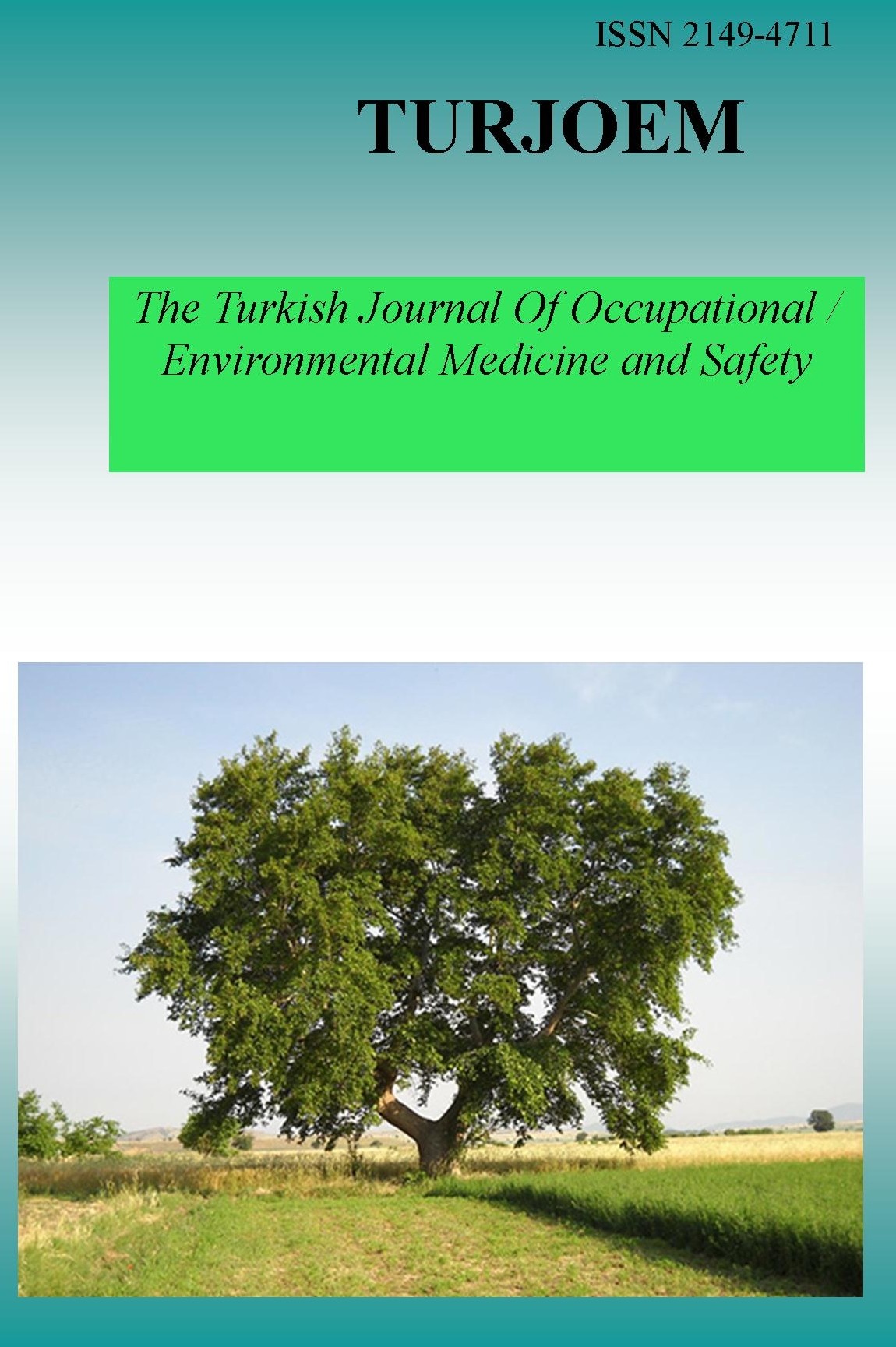MEASUREMENT UNCERTAINTY IN LITHIUM CONCENTRATIONS
MEASUREMENT UNCERTAINTY IN LITHIUM CONCENTRATIONS
___
- Betul OZBEK, Serpil ERDOGAN, Ceylan BAL, Orhan SEN, Pervin BARAN, Ozcan EREL
- Ataturk Training and Research Hospital, Department of Clinical Biochemistry, Ankara, Turkey Yildirim Beyazit University Faculty of Medicine, Department of Public Health, Ankara, Turkey
- ISSN: 2149-4711
- Başlangıç: 2015
- Yayıncı: Engin TUTKUN
WHAT IS DOPING CONTROL CENTER?
Burcu CAPKIN, Zeliha BAYRAM, Asena Ayse GENC
CHEMICAL EXPOSURE IN TURKISH CHILDREN WORKING IN FURNITURE AND SHOES MAKING SECTORS
Aliye MANDIRACIOĞLU, Safiye ÖZVURMAZ
EVALUATION OF CYTOCHROME P450 2C19 ENZYME ACTIVITY IN PATIENT WITH ANKYLOSING SPONDYLITIS
Mustafa Tugrul GOKTAS, Erdem K. ÖZER, Halil KARA, İlknur Albayrak GEZER, Umit YASAR
Şeyda Fikirdeşici ERGEN, Sofia R. MESQUITA, Emrah ACARÖZ, Ahmet ALTINDAĞ, Turgay TEKINAY, Evren TUNCA, Laura GUIMARÃES
Ali Akbar MALEKIRAD, Samira SHAHRJERDI, Marziyeh AHMADI, Mohammad ABDOLLAHI
CRIME SCENE INVESTIGATION: MITES
INVESTIGATION OF ACUTE TOXICITY OF SODIUM OMADINE ON DREISSENA POLYMORPHA (ZEBRA MUSSEL)
Feriha YILDIRIM, Kevser YILMAZ, Zeynel UYAR, Figen ERKOÇ
Ali Akbar MALEKIRAD, Tahereh SADEGHI, Asma BAHRANIFARD, Samira SHAHRJERDI, Kobra RAHZANI, Mohammad ABDOLLAHI
